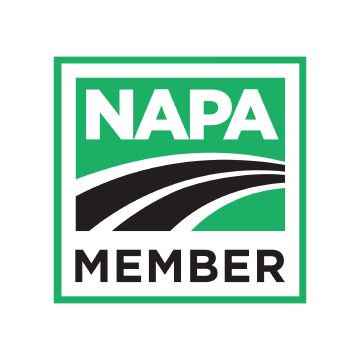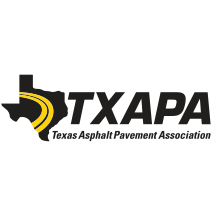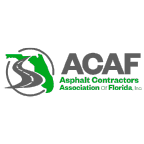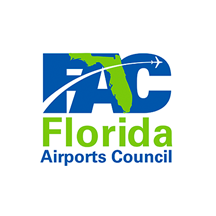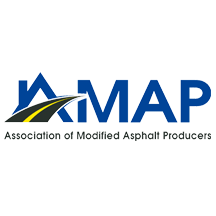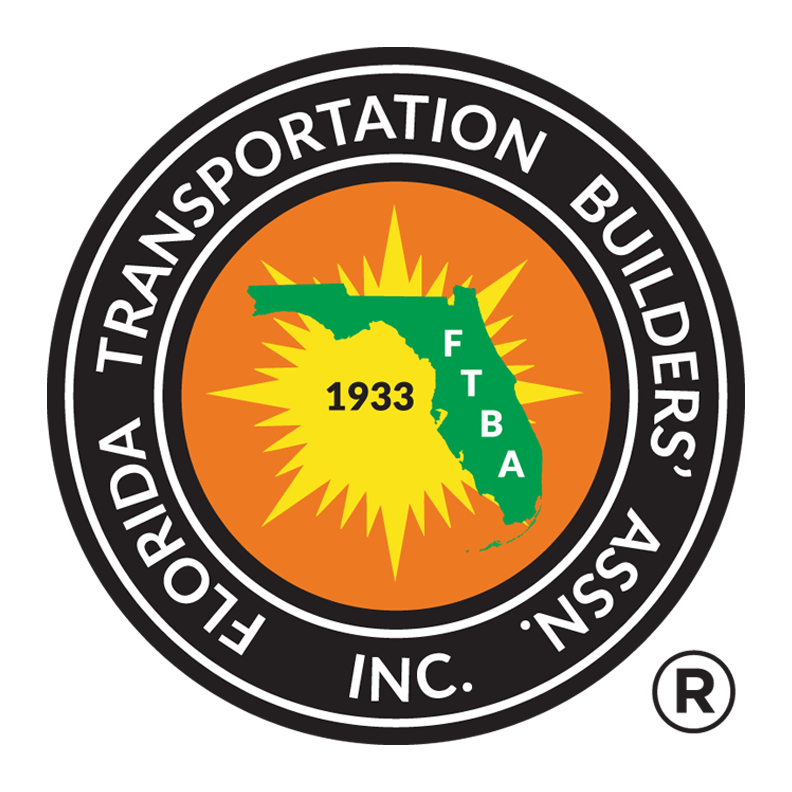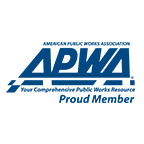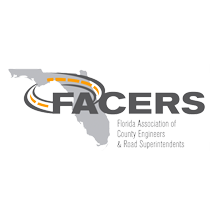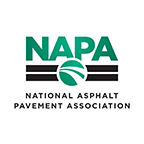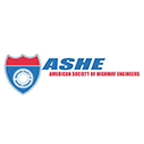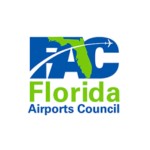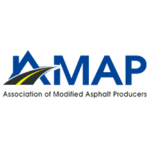Read the story covered by Asphalt Pavement Magazine.
Read the story covered by AsphaltPro. (p 10 -11)
Read the story covered by Associated Asphalt.
One of the main attractions in St. Augustine, Florida, is the horse and carriage rides. Every day the horse-drawn carriages line up on State Road 5A (SR 5A) along the bayfront waiting for visitors to book a historic, romantic or haunted tour around the city. The tours follow the same routes day after day in a concentrated area, so the pavement here is highly abused. The chemistry of the horses’ urine softens and breaks down the asphalt. The combination of the soft asphalt, the concentrated loading of the carriage wheels and the horses’ horse-shoed hooves, create an abusive environment for the pavement, ideal for rutting.
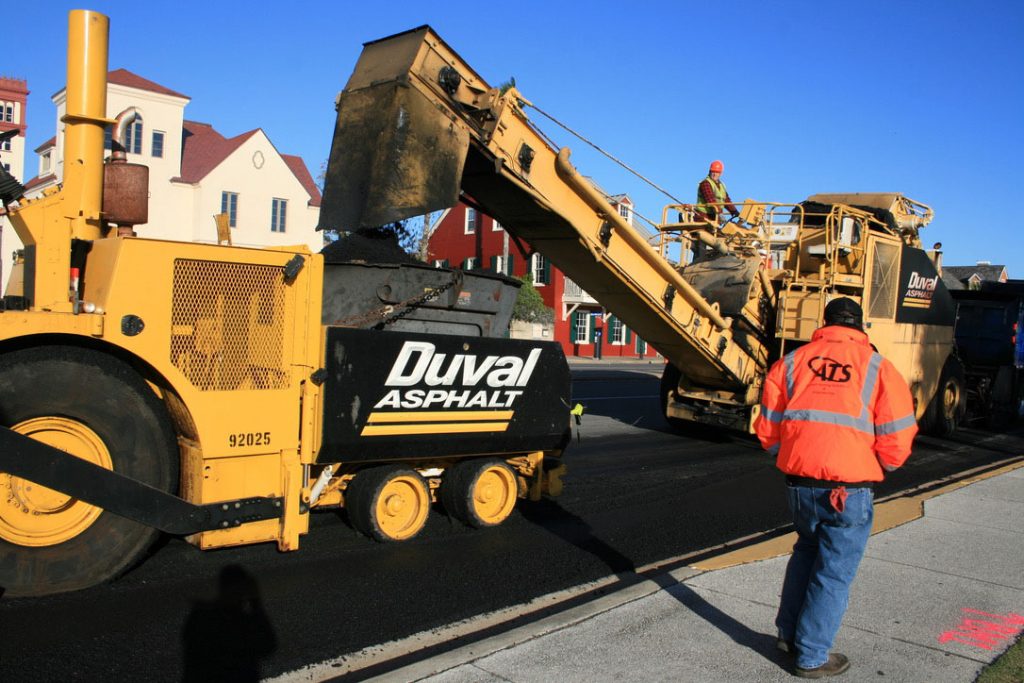
The Florida Department of Transportation (FDOT) was in search of a solution to extend the pavement’s lifespan. The FDOT learned about a job completed in Central Park (New York City) in 2007. The carriage rides through Central Park caused the same issues to the pavement that SR 5A in St. Augustine was experiencing. The NYC Department of Transportation used a fuel-resistant asphalt binder which they found also resists the asphalt breakdown from the horse urine. The FDOT decided to use the same asphalt binder in St. Augustine on SR 5A on two projects; a maintenance job in 2015 and a reconstruction job in 2019.
The fuel-resistant asphalt mixture contained StellarFlex FR asphalt binder (PG 88-22FR) from NuStar Asphalt, now Associated Asphalt, as well as Evotherm M-1 Warm Mix Asphalt technology and anti-strip from Ingevity. StellarFlex FR was first used in the United States in 2002 at La Guardia airport on Taxiway GG. Asphalt binder dissolves when exposed to the lighter-end fuels like diesels and jet-fuels. Since then FAA Standard Asphalt Specifications for the Construction of Airports Item P-601 (2014), since updated to P-404 (2018), outlines the requirements for a fuel-resistant asphalt-mix pavement where pavements are likely subjected to fuel spills. The first section of pavement constructed in 2002 at LaGuardia is still in service today! After a pavement survey of the entire airport was conducted last fall (2018), Taxiway GG was the only portion of the airport not rutted.
Ingevity’s Evotherm M-1 Warm Mix Asphalt technology and anti-strip was used in the mixture as a dual-purpose additive. The warm mix technology promotes a smooth, uniform texture of the pavement surface and acts as a compaction aid, providing additional construction time with thin lifts and in cool weather.
For the SR 5A projects, the fine friction course mixture was designed to target 2.5% air voids. The modified Superpave design is intended to create an impermeable asphalt pavement that resists the horse urine from penetrating the asphalt pavement and maximize the asphalt content (6.3%); both of which increase the durability of the mixture.
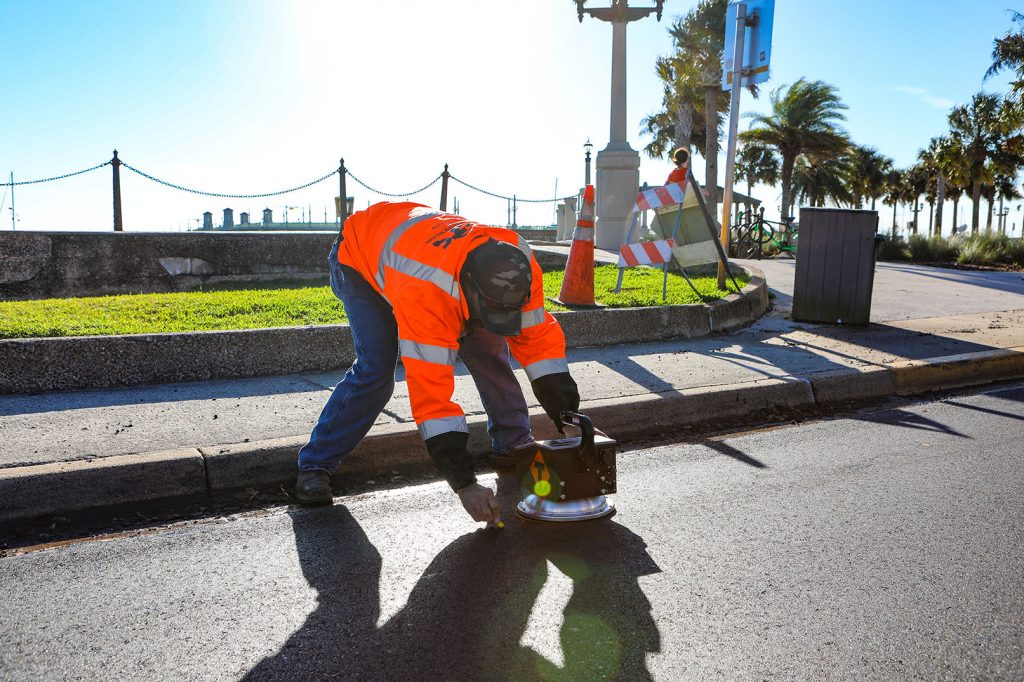
Steve McReynolds, Director of Operations for Asphalt Testing Solutions & Engineering (ATS), formerly with FDOT, contributed to the development of the fuel-resistant specifications and determined the limits for the SR 5A maintenance project in 2015. “Fuel-resistant mixes are typically used at airports and weigh stations; anywhere fuel spills are common,” he said. “It’s unusual to use a fuel-resistant mix on a main roadway, so adjustments were made to the specification for use on an arterial road as opposed to an airport.”
Duval Asphalt was awarded the SR 5A maintenance job as the asphalt contractor in 2015. The purpose of this maintenance job was to test the performance of the fuel-resistant mix. The project included milling 1.5” of friction course and replacing it with the new fuel-resistant mix. Since this mix is considerably more expensive to create and anticipating a reconstruction project a few years later, McReynolds took care in determining the project limits. The horses follow a very specific route through the St. Augustine streets, and McReynolds mapped the routes carefully to ensure the fuel-resistant mix was only applied where needed.
The asphalt placed in 2015, as part of the maintenance project, held up so well under the horse and carriage conditions, the FDOT approved a full reconstruction this year using the fuel resistant mixture. Duval Asphalt was again awarded the project as the asphalt contractor. ATS was hired for asphalt quality control responsibilities with McReynolds overseeing mix production and placement on the job. “I’m very familiar with the specs and the desired performance, since I helped develop these parameters the last time this mix was used on this road.”
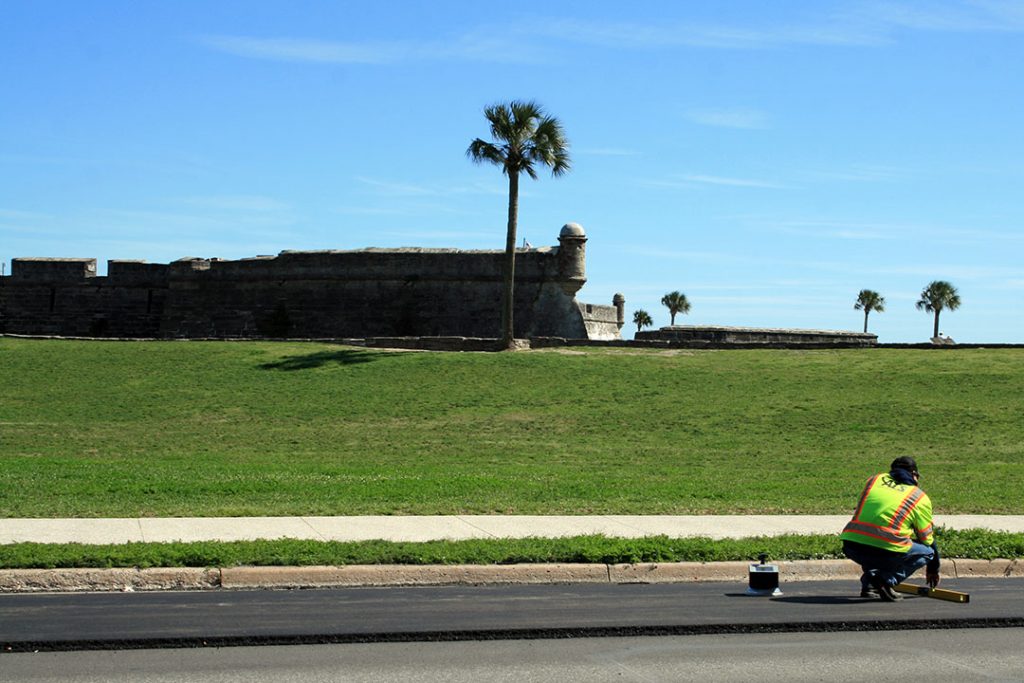
The asphalt placed in 2015, as part of the maintenance project, held up so well under the horse and carriage conditions, the FDOT approved a full reconstruction this year using the fuel resistant mixture. Duval Asphalt was again awarded the project as the asphalt contractor. ATS was hired for asphalt quality control responsibilities with McReynolds overseeing mix production and placement on the job. “I’m very familiar with the specs and the desired performance, since I helped develop these parameters the last time this mix was used on this road.”
Duval Asphalt milled a total of 3” and replaced 1.5” of structural course and 1.5” of friction course along SR 5A. The fuel-resistant mixture was placed over the horses’ paths and a typical FDOT 12.5mm friction course mixture was placed in the areas untouched by the horses. A total of 350 tons of fuel-resistant mix was placed. They used a material transfer vehicle (MTV or Shuttle Buggy) to keep the paving process continuously moving, keep the polymer modified mixture homogenous and to prevent segregation.
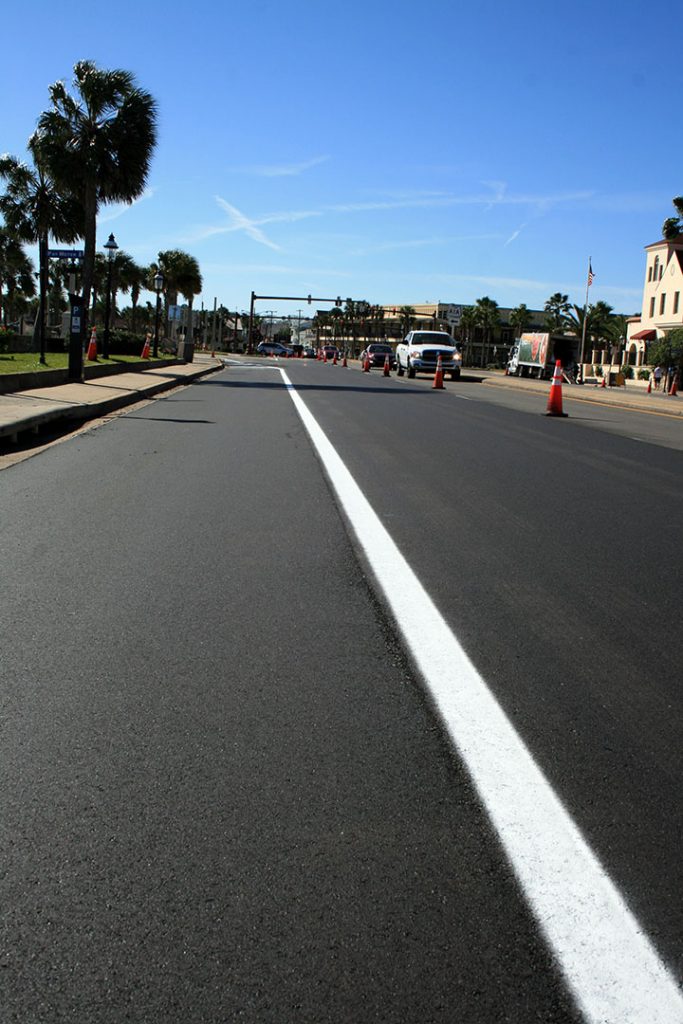
One 12-ton oscillating roller and an 8-ton finish roller were used to compact the mix. ATS worked closely with the roller operators to ensure smoothness and proper density was achieved. After the asphalt core testing procedure in the lab was conducted, an average of 93.5% in-place density was confirmed.
Asphalt performance testing was completed on the fuel-resistant mix to identify performance standards and predict the future of the pavement. ATS’ Pavement Materials Engineer, Tanya Nash, confirmed the laboratory performance results of the mixture are positive. “Since the performance distresses seen in the past were primarily rutting as a result of softening of the asphalt from the consistent exposure to the horses’ urine, rut testing and fuel-resistance testing was performed,” she said. “Both tests met the industry standard and the FDOT specification requirement, indicating that the mixture will resolve the performance issues of the past and ultimately perform well.”
Although the mix was developed to combat the rutting ultimately caused by the horses, residents and tourists alike will enjoy the new, smooth ride. With an average of 500,000 visitors to St. Johns County each month, shutting down lanes to pave is not an easy nor convenient feat. Although this mix has a high cost up front, in this particular application, it extends the pavement’s lifespan. Rather than requiring frequent maintenance and resurfacing, construction will take place approximately every 15 – 17 years. This helps alleviate the higher cost and inconvenience! Asphalt pavement provides a smooth ride. Now, a smooth ride can be enjoyed via horse and carriage through the beautiful streets of the nation’s oldest city for many years to come.




